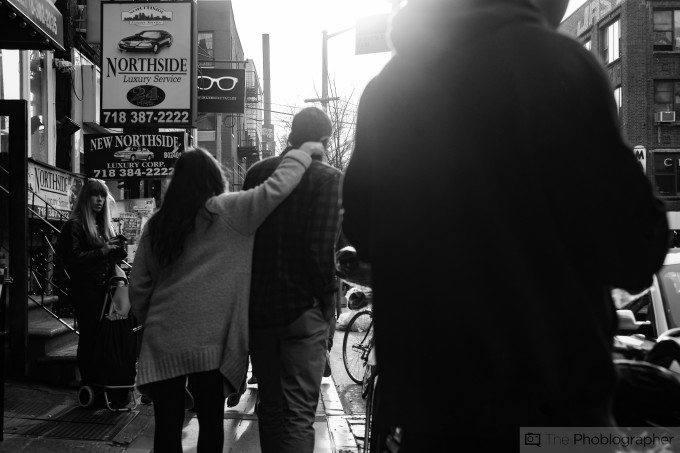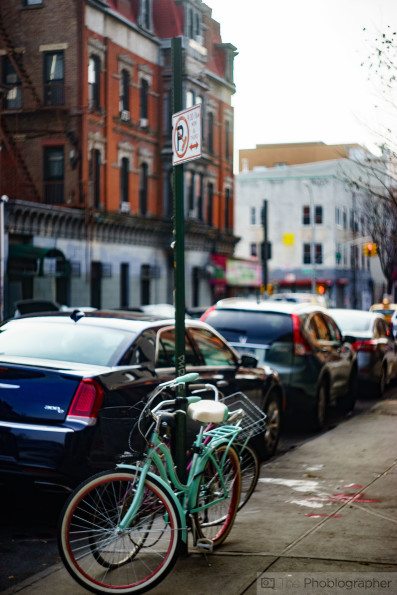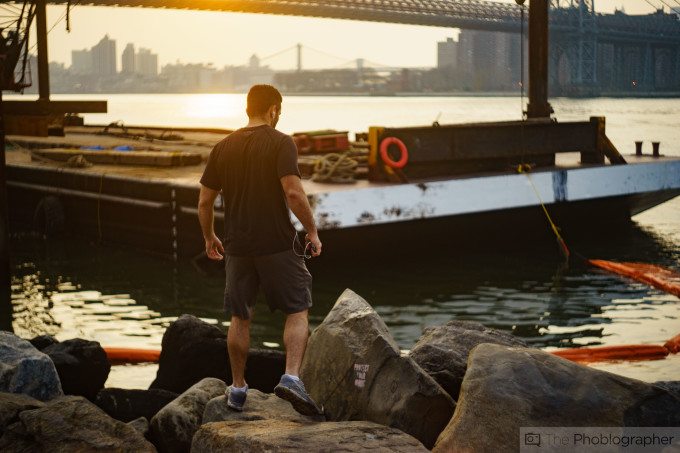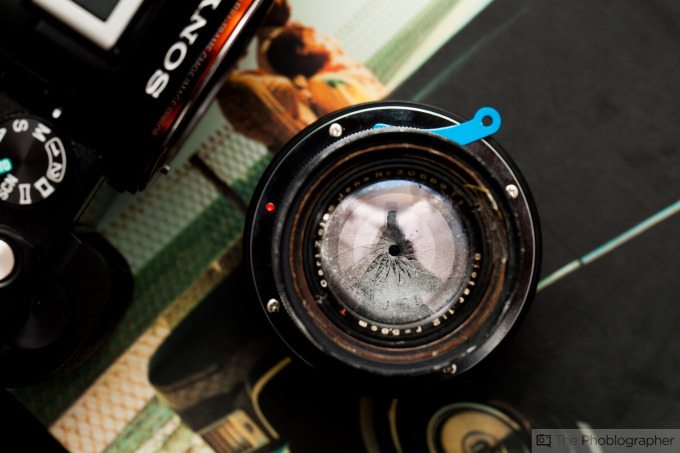Last Updated on 12/14/2015 by Chris Gampat
Autofocus is incredible; and the technology has come a very far way with it–but I personally really enjoy manual focusing my lenses despite an astigmatism that causes legal blindness in my left eye. When I first purchased a Sony A7 a while back, one of my concerns was finding a way to get more lenses for the system. I’ve got a Metabones adapter that lets me put my Sigma DSLR lenses on the camera, but the experience is just not the same as what I get with my manual glass. Again, the experience is not the same.
For years now, I’ve been a collector of really nice and interesting pieces with some of them sadly being sold off. But there are so many reasons why I prefer to manually focus.
The look of something being perfectly and totally in focus is awesome, but it isn’t always needed. I don’t pixel peep my images and I hate looking at photos at 100%. It’s something that in the end just doesn’t matter when you’re looking at the whole picture and quite frankly just violates the idea of taking a photo to begin with. So if my focusing is off by a hair, then so what? For street photography at least, it doesn’t matter that much. Some of the world’s most famous street photos aren’t tack sharp.
When I shoot portraits though, then that matters more–but manually focusing also forces me to be significantly more deliberate about the images I shoot. Autofocus abilities are so quick and sudden that it leaves the photographer little room to actually carefully think about and contemplate the image that they’re about to shoot. The process goes something like this:
- Look to a scene or portrait subject
- Figure out framing based on the focusing points that the camera allows
- Shoot
- Done
At least for the most part, it’s really just that quick. Call it romanticized, but the idea of creating the portrait is one that I don’t believe should be taken lightly. It should come with a sense of personal responsibility that you, the person behind the camera, should collaborate with your portrait subject to create an image that both of you will approve of and will willingly want to show the world. To that end, a manual focus lens forces you to think much more carefully. When manually focusing a lens, the process goes a bit slower and something like this:
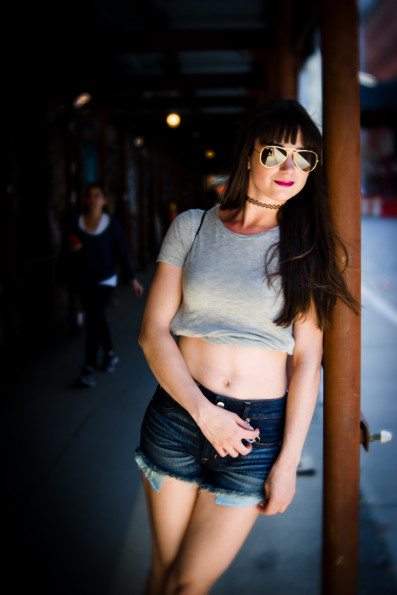
- Look at the scene, figure out a composition you want.
- Try to focus by moving the plane back and forth
- As you focus, you figure out whether or not you want that composition.
- Change composition
- Get subject in focus
- Make absolutely sure that exactly what you want is in focus
- Ensure all the elements you want in the frame and scene are how your mind’s eye sees it.
- Shoot
Contrary to popular belief the process isn’t:
- Focus
- Shoot
No, it’s a deliberate process that isn’t at all methodical but instead adapts itself to the situation on a case by case basis. To that end, it makes you not a better photographer necessarily, but one that pays more attention to the scene that you’re about to photograph. In the long run, that makes you a better photographer.
Could you do this with autofocus lenses? Totally! But the process involving autofocus doesn’t encourage a photographer to take their time. It’s quick, it’s fleeting; you simply take the photo and go about your life as planned. In contrast, the slow process involved with manually focusing makes you think much more about the scene and getting the picture the way you want it the first time around.
When this eventually does is teaches you to shoot less frames. It means you get exactly what you need sooner than going through the entire trial and error process of shooting, chimping the screen, scratching your head and going back to shooting after modifying what you’ve done a bit.
Can this work all the time? Yes and no. Sports photographers need speed; but years ago sports photographers used to get incredible photos by manually focusing and using the zone focusing system. When mastered, the zone focusing system can outdo any autofocus system in the world. I’m not at all saying that you should go shoot sports with manual focus for a living; that’d be silly considering the immediate nature of wire services these days. But for other work, it’s possible though the probability varies.
This isn’t a call to everyone saying you should all shoot with manual focus lenses. But if you gave it a try, and committed to it for a long time you’d see a marked change in the way that you take photos. When you return to using autofocus lenses, you’ll see that the entire process you went throguh helped you to create a better photo.
And in the end, it’s all about creating a better image. Putting thought, care and love into each of those images will also help you create more photos that are portfolio worthy.


